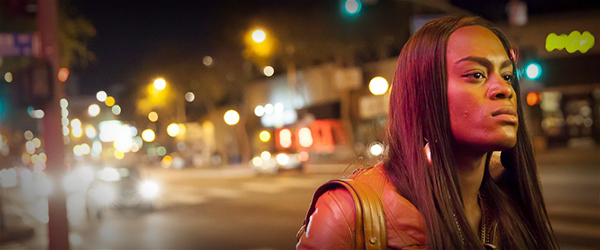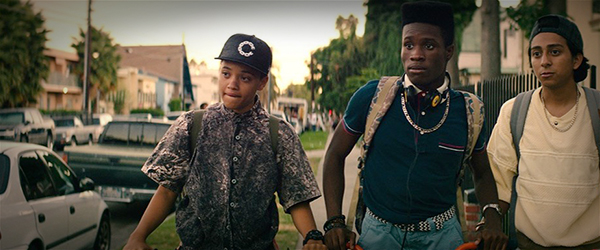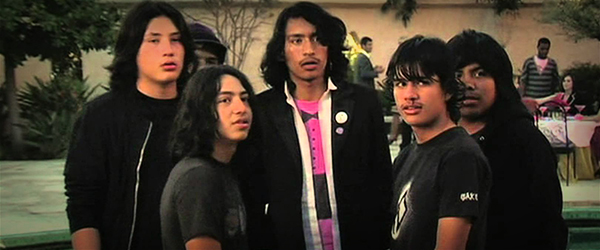By far my favorite example of a feature-length video essay is Thom Andersen’s Los Angeles Plays Itself, which seeks to unpack the myriad ways in which our idea of Los Angeles as a city is shaped—and distorted—by popular entertainment. Andersen—a CalArts professor and native Angeleno who was inspired to begin the project after watching Curtis Hansen’s 1997 noir L.A. Confidential—used clips from over 150 different films to explore a sprawling set of themes, including everything from Hollywood’s myopic preoccupation with the film industry, to the role of modern architecture as a shorthand for effete villainy in ’80s and ’90s action cinema.
Los Angeles Plays Itself was completed in 2003, but wasn’t commercially available to view until 2013, due to licensing issues. Now you can watch it on Netflix. And I do—a lot. It’s a dense, rewarding and—above all—entertaining text that offers something fresh to consider with each repeat viewing. In fact, there’s only one thing that Los Angeles Plays Itself is missing: newer movies. There have several great and incisive post-2003 Los Angeles films that I’d love see put under Andersen’s wry academic microscope. Here are three films that—should Andersen ever choose to provide an addendum to his masterpiece—I’d love to see included for discussion.
TANGERINE (2015) Sean Baker’s hyper-kinetic, iPhone-shot sex worker farce is one of the most valuable Los Angeles movies of the past decade, and it explores two areas of LA life otherwise untouched by Andersen’s film: the fraught micro-economy of street-level LA sex work and the unglamorous geographical lowlands below Santa Monica Boulevard. LA is a city largely built on exploiting images of eroticism and desire, but Los Angeles Plays Itself is surprisingly sexless. Taking a detour into the colorful world of trans prostitutes seems like fertile ground for exploration.
DOPE (2015) Rick Famuyiwa’s hip-hop influenced coming-of-age dramedy Dope seems like it’d be natural for inclusion in our hypothetical LAPI addendum—especially as a document of pop culture’s evolving (in most cases, too slowly) perception of South LA and its inhabitants as a modern, multi-cultural melting pot. Andersen visited the neighborhoods of South LA via the black social-realist cinema of Charles Burnett (Killer of Sheep) and continued through the gang-panic movies of the ’80s and ’90s (Colors, Boyz n the Hood), but Dope shows a (cinematic) South LA finally ready to step out of the shadow of its violent past. The strife is still present, certainly, but so is humor, wit and—above all—hope.
WASSUP ROCKERS (2003) Like Dope, Wassup Rockers sought to expand the portrayal of South LA beyond the milieu of endless gang warfare. The Watts neighborhood depicted in Larry Clark’s film is largely Hispanic (more true to the then-current demographics of the area), full of young men and women who prefer punk rock to gangsta rap. The movie follows the titular “Rockers” on a daylong odyssey across LA’s Westside back home from a skateboard expedition; the journey taking them through the affluent, alien worlds of Beverly Hills, Hollywood and Century City. It’s an incisive snapshot of LA youth in the days before social media when identity was still largely determined by geography and cliques weren’t just fashion—they were tribal. There are, of course, many more post-2003 LA films that would be fascinating to see Andersen deconstruct through his crusty sense of civic reclamation. So we ask you: what are your favorite LA movies of the past 13 years? Let us know in the comments below, and share your picks with us on our Facebook or Twitter. To learn more about Film Independent, subscribe to our YouTube channel. You can catch up with the rest of our blog here. And to learn how to become of Member of Film Independent, just click here.


